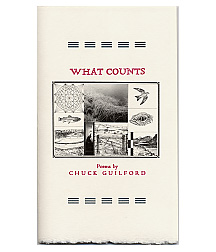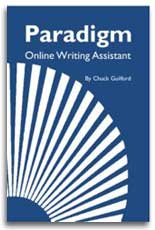Basic Sentence Concepts explains the subject-verb/complement pattern and shows how you can expand that pattern almost indefinitely with a few simple principles such as coordination and subordination. Now we'll look at some more advanced sentence strategies. Again the aim is to increase your versatility as a writer, to help you see the full range of options for solving writing problems. As your flexibility increases, you'll not only satisfy minimal standards of clarity and correctness, you'll express yourself with new-found energy and power.
While the S V/C pattern, with agent as subject, is by far the most common pattern for building English sentences, it's by no means the only one. Nor is it best in every situation. Sometimes you may wish to turn things around in order to create a particular kind of emphasis or rhythm:
She always caught fly balls. She usually missed grounders.
Fly balls she always caught. Grounders she usually missed.
... the aim is to increase your versatility as a writer, to help you see the full range of options for solving writing problems.
Sometimes you'll see more than one possible variation:
My bicycle stood by the tree.
By the tree stood my bicycle.
By the tree my bicycle stood.
Such inverted sentences can be used to vary the rhythm or shift your reader's attention to an important word or phrase. When used carelessly or too often, however, they can produce an artificial, even awkward style.
Activity
3.8 Try inverting the following sentences. Come up with at least one variation for each. When you're finished, compare your results with those of your classmates. Are any sentences better in normal order? Does inversion ever change the meaning?
a. The night is tender.
b. My brother burst into the house.
c. The lion climbed onto the table. d. Some rain must fall into each life.
e. Lithuania lost the war.
f. A rifle hung in the truck's rear window.
g. Money is the root of all evil.
h. The bottle was empty.
i. A rolling stone gathers no moss.
- Prev
- Next >>




